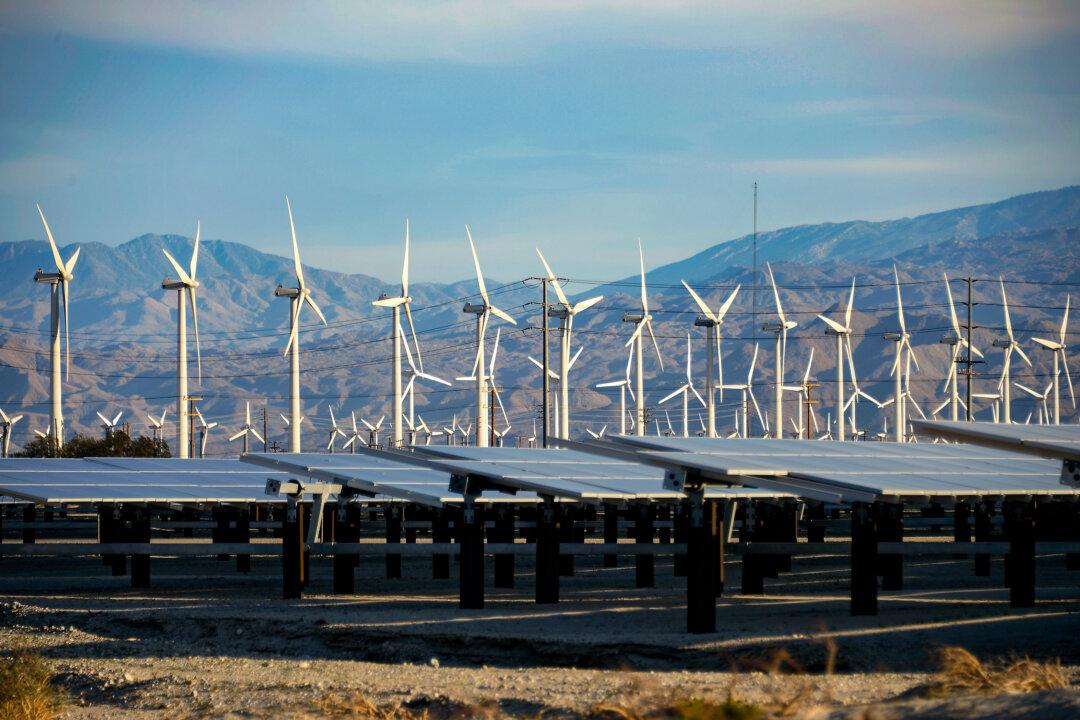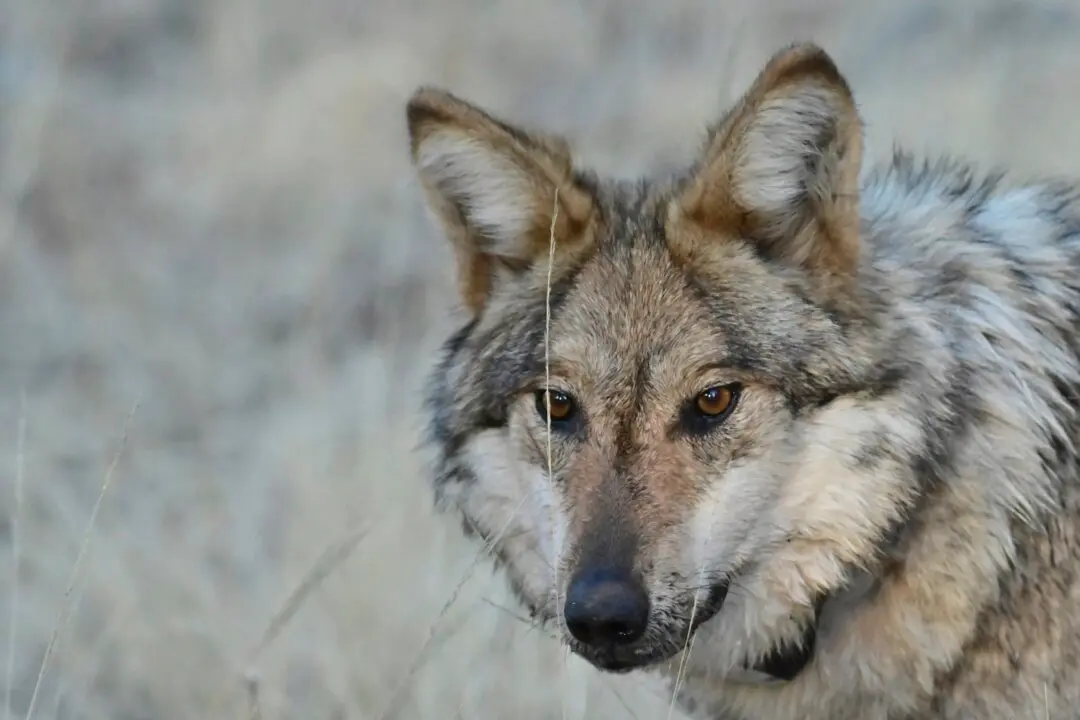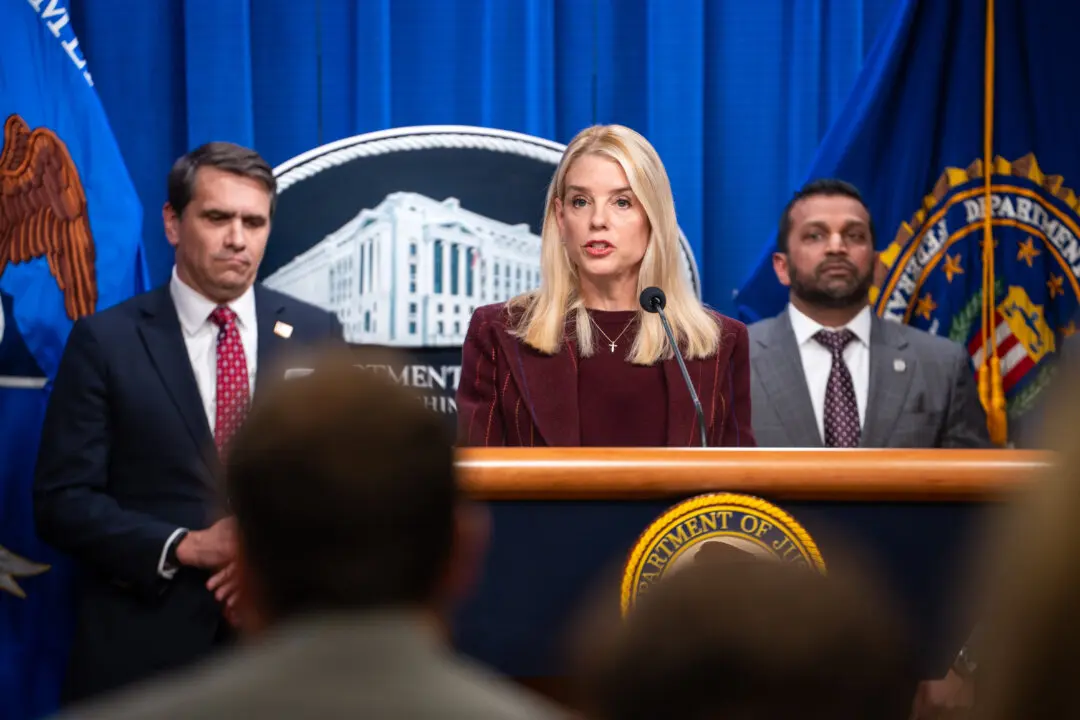California has increased its battery storage capacity by nearly one-third in the past six months, as the state strives to reach its clean energy goals, Gov. Gavin Newsom announced Oct. 15.
The state has continued its push for more electric battery storage, although some local and state lawmakers have sounded alarms about lithium battery safety after multiple fires in the state.





